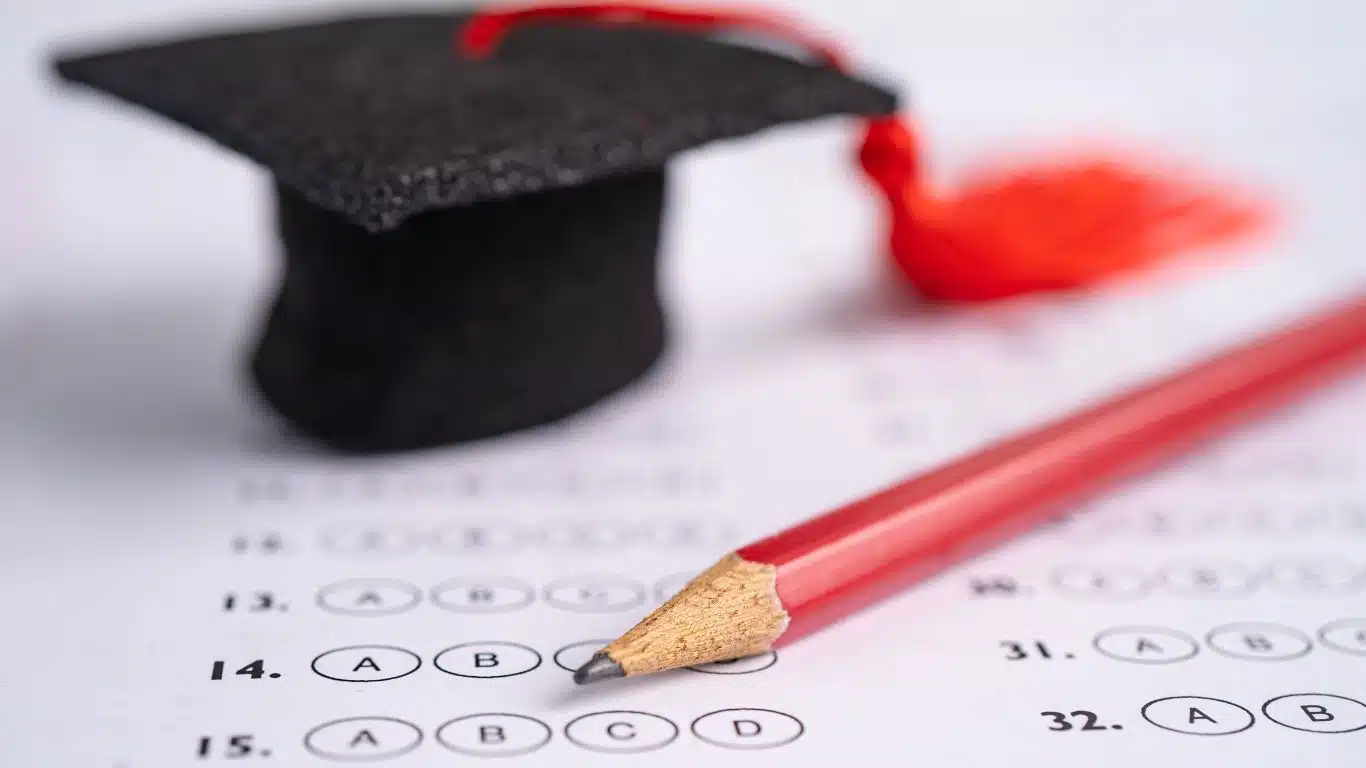Beyond Standardized Testing: Assessment plays a vital role in education, providing valuable insights into student learning and informing instructional practices. Traditionally, standardized testing has been the dominant method of assessing student knowledge and skills. However, it has faced significant criticism for its limitations and narrow focus. In response to these concerns, alternative approaches to assessment have gained recognition and popularity. These alternatives aim to provide a more holistic and meaningful evaluation of student abilities. In this blog, we will explore the limitations of standardized testing and delve into various alternative approaches to assessment that offer a broader perspective on student learning. By examining these alternatives, we can better understand their benefits and advocate for their integration into educational systems. It is time to move beyond the confines of standardized testing and explore more comprehensive and innovative ways to assess students.
Beyond Standardized Testing: Alternative Approaches to Assessment
Understanding Standardized Testing
Standardized testing is a widely used method of assessment that involves administering the same test to all students under standardized conditions. It aims to provide an objective and consistent measure of student knowledge and skills across different schools, districts, and regions. Here are some key Advantages, Disadvantages and Impact of standardized testing on students and schools but first will start with meaning of standardized testing.

Meaning of standardized testing
Standardized testing refers to the administration of tests with a fixed format, content, and scoring criteria to ensure consistency and comparability of results. The primary purpose of standardized testing is to evaluate student performance, measure learning outcomes, and provide data for accountability and educational policy decisions.
Advantages:
- Standardization: It allows for comparisons across schools, districts, and regions, providing a common yardstick for assessment.
- Efficiency: Standardized tests can be administered to large numbers of students simultaneously, making them a cost-effective assessment method.
- Objectivity: The use of predetermined scoring criteria reduces subjectivity in grading.
Disadvantages:
- Narrow focus: Standardized tests often prioritize rote memorization and test-taking strategies over critical thinking, problem-solving, and creativity.
- One-size-fits-all approach: The uniform nature of standardized tests fails to accommodate diverse learning styles and individual strengths.
- Stress and pressure: High-stakes standardized tests can lead to increased stress levels among students, potentially affecting their performance and well-being.
- Potential for bias and inequity: Standardized tests may be culturally biased or favor certain socio-economic groups, perpetuating inequities in education.
Impact of standardized testing on students and schools:
- Teaching to the test: The focus on standardized tests can lead to a narrow curriculum and excessive test preparation, limiting the scope of learning.
- Inequitable outcomes: Standardized tests may exacerbate existing achievement gaps and disproportionately affect disadvantaged students or those from marginalized communities.
- Stress and anxiety: The pressure associated with standardized testing can have negative effects on students’ mental health and overall well-being.
- School accountability: Standardized test scores are often used to evaluate schools, which can create incentives for narrowing the curriculum and “teaching to the test.”
Alternative Approaches to Assessment
Standardized testing has been criticized for its limitations in providing a holistic view of student abilities. As a response, alternative approaches to assessment have emerged, aiming to offer more comprehensive and meaningful ways to evaluate student learning. Here are some alternative approaches to consider:

Portfolio assessment:
- Definition and benefits: Portfolio assessment involves the collection and evaluation of student work samples over time, showcasing their growth, achievements, and reflections. It provides a more holistic view of student abilities and highlights individual strengths.
- Examples of portfolio-based assessment in different subjects:
- In writing: Students compile a portfolio of their written pieces, including drafts, revisions, and reflections.
- In visual arts: Students create a portfolio showcasing their artwork, accompanied by explanations of their creative process and artistic intentions.
Performance-based assessment:
- Definition and benefits: Performance-based assessment measures students’ abilities to apply their knowledge and skills in real-world contexts or authentic tasks. It emphasizes practical application and critical thinking.
- Examples of performance-based assessment methods:
- Science experiments or investigations
- Oral presentations
- Simulations or role plays
- Design projects or engineering challenges
Project-based assessment:
- Definition and benefits: Project-based assessment involves students working on extended, in-depth projects that require research, analysis, problem-solving, and presentation of findings. It promotes collaboration, creativity, and deep learning.
- Examples of project-based assessment in different disciplines:
- Creating a documentary film on a historical event
- Designing and building a sustainable architecture model
- Conducting a social science research project
Authentic assessment:
- Definition and benefits: Authentic assessment focuses on evaluating students’ abilities to apply their knowledge and skills in real-life, meaningful contexts. It assesses their performance in tasks that mirror real-world challenges.
- Examples of authentic assessment tasks:
- Writing a persuasive essay on a current social issue
- Solving a math problem related to budgeting and financial planning
- Conducting a mock business negotiation
Advantages of Alternative Approaches
By embracing alternative approaches to assessment, educators can better capture the complexity of student learning, nurture essential skills, and foster a love for learning that extends beyond test scores. Below we have mentioned some important and very obvious advantages:

Promoting deeper learning and critical thinking:
Alternative approaches, such as project-based assessment and performance-based assessment, require students to apply their knowledge and skills in real-world contexts. This promotes deeper understanding, critical thinking, and problem-solving abilities, as students engage in authentic tasks that reflect the complexities of the subject matter.
Encouraging creativity and problem-solving skills:
It provide opportunities for students to showcase their creativity and innovation. Projects, portfolios, and authentic tasks allow students to think outside the box, explore different perspectives, and develop unique solutions to complex problems.
Providing a more comprehensive view of student abilities:
Alternative approaches capture a wider range of student abilities beyond what standardized tests measure. Portfolios, for example, showcase students’ growth and achievements over time, revealing their progress, strengths, and areas for improvement. Performance-based assessments and authentic tasks highlight students’ application of knowledge in real-world scenarios, demonstrating their practical skills and competencies.
Reducing stress and fostering engagement:
It often alleviate the stress and anxiety associated with high-stakes standardized tests. By focusing on the process of learning, rather than solely on test performance, students feel more engaged, motivated, and invested in their education. This can lead to enhanced learning outcomes and increased enjoyment of the learning process.
Emphasizing real-world relevance:
Alternative assessments connect learning to real-world contexts, helping students understand the practical applications of their knowledge and skills. By engaging in authentic tasks, students see the relevance of their learning and develop a deeper appreciation for the subject matter.
Supporting differentiated instruction and individualized learning:
It accommodate diverse learning styles and allow for personalized feedback and evaluation. Teachers can tailor assessments to meet the individual needs and strengths of students, providing more targeted support and fostering a growth mindset.
Also Read: Most Powerful Books on History That Will Change Your Perspective



